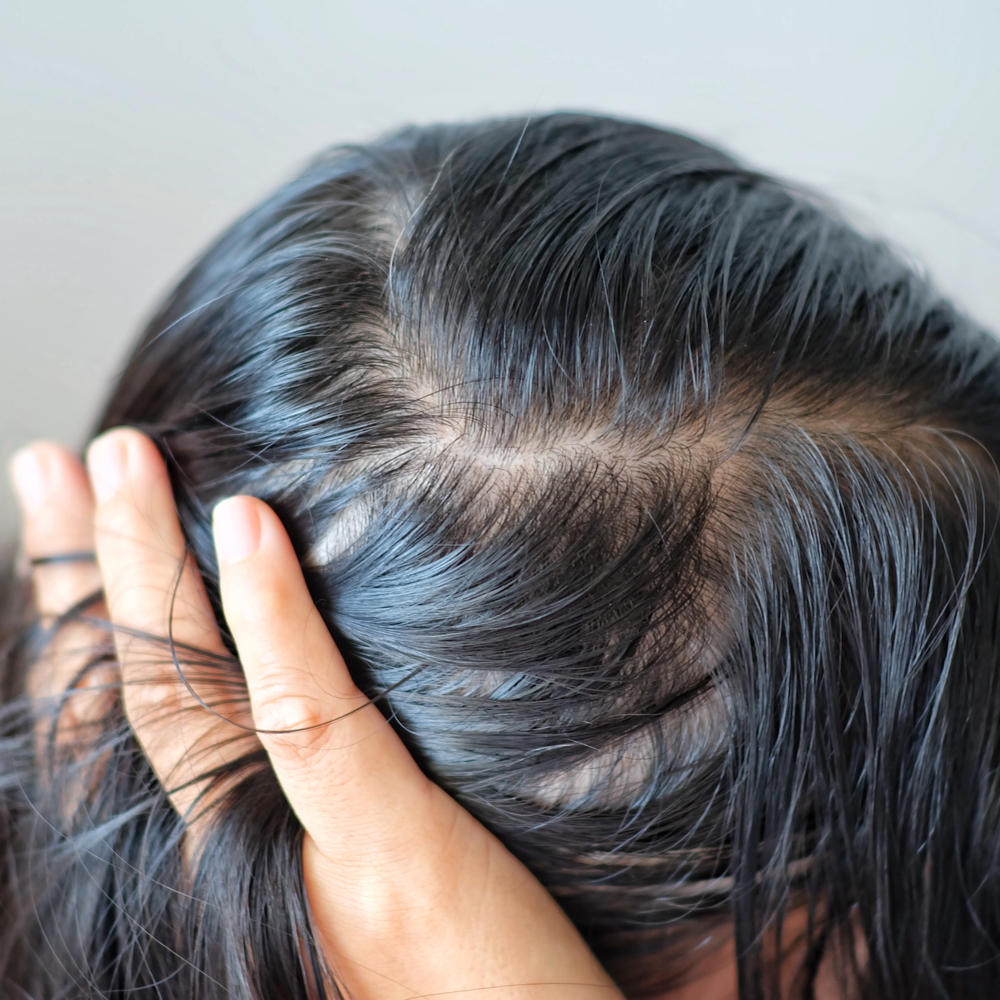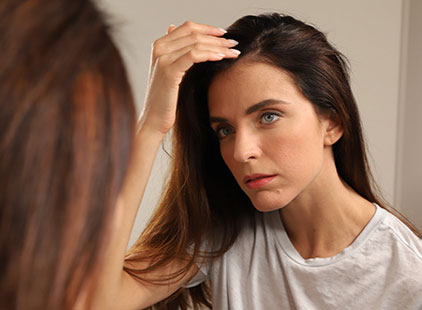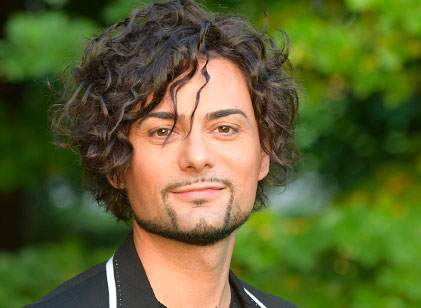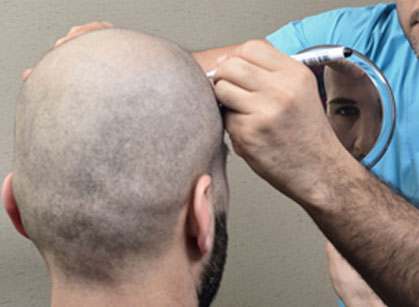Psychogenic alopecia (psychological baldness)
Psychogenic alopecia is a type of hair loss related to stress. Though not yet scientifically explained, this connection is well-known in the experience of those working with the problem. In addition to stress, other causes are personality disorders, states of anxiety and depression, all of which are conditions of acute or chronic stress.

 Italiano
Italiano  Português
Português  Français
Français  Español
Español 



